Many people who own a garden plot choose to plant blueberry bushes. This plant is not difficult to grow, but a few conditions must be met and proper preparation is needed to achieve satisfying results.
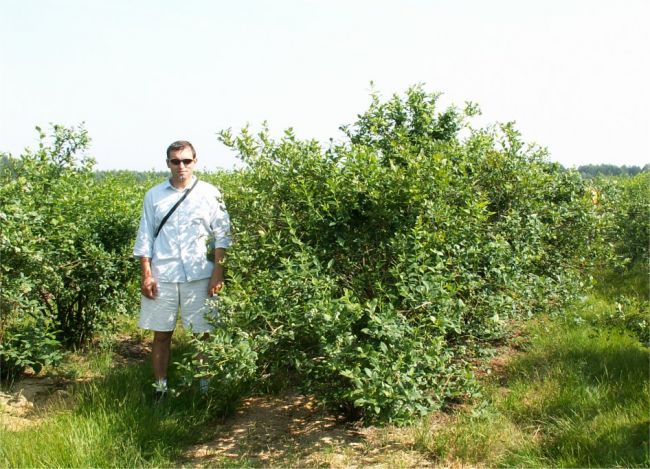
The highbush blueberry (American blueberry) originates from North America. The bushes grow up to 2 meters in height and up to 2.5 meters in spread.
Yield ranges from 3 to 7 kg per bush (depending, of course, on the variety and the condition of the plant). The fruits are round and slightly flattened, black or violet in color with a blue waxy coating, and have a large diameter of 10 to 25 mm. The berries are aromatic and taste like wild blueberries. They ripen from mid-July (early varieties) to the end of September (late varieties). Most highbush blueberry varieties are self-pollinating, but higher yields are achieved through cross-pollination, so it's recommended to plant several different varieties in the garden. Blueberries require light, warm soils with high humus content and a very low pH. The optimal soil acidity range is 3.5 – 4.5.
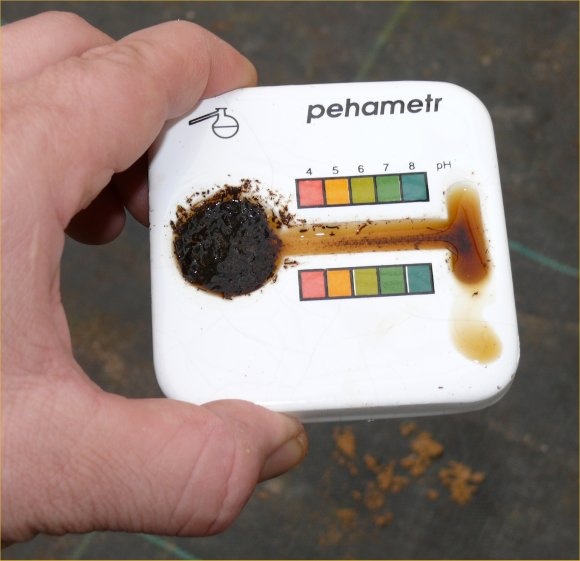
When choosing a location to plant blueberries, it's important to select a sunny and sheltered spot. Bushes should be planted in groups rather than in a row along a fence. An ideal place is an acidic garden bed, alongside rhododendrons, azaleas, and heathers, as all these plants share similar growing requirements. When selecting varieties, it's best to choose several bushes with different ripening times. This way, you can enjoy fruit harvests for the longest possible period. For home gardening, excellent early varieties include: **Earliblue**, **Spartan**, **Patriot**, and **Bluejay**. Among mid-season varieties, **Bluecrop** is considered the best, but **Bluegold**, **Berkeley**, **Sierra**, and **Brigitta** are also highly recommended. For late-season varieties, good choices are **Herbert**, **Darrow**, **Nelson**, **Lateblue**, and **Elliot**.
Once you have chosen the varieties and the location, it's time to prepare the soil for planting the bushes. If your garden plot is located in a forested area surrounded by coniferous trees, blueberries will generally thrive there. However, preparing the soil requires more effort on plots with fertile, heavy, clay, or loamy soils.
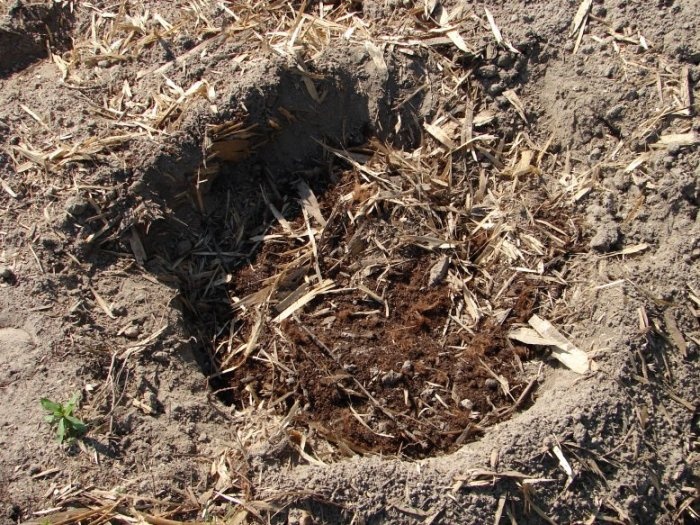
In the first case, dig a hole approximately 50–60 cm in diameter and about 30–40 cm deep. Fill it halfway with a mixture of acidic peat, ground pine bark, and a small amount of the excavated soil. Place the blueberry bush in the hole — making sure it has been thoroughly watered before removing it from the pot.
If the soil on the plot is heavy and clayey, you should create something like a large pot buried in the ground. Line the dug hole with foil, making several small holes at the bottom to allow excess rainwater to drain. Fill the inside of the hole with the same mixture of acidic peat and pine bark.
After placing the plant in the hole, fill the space between the bush and the edge of the hole with the remaining prepared mixture. After planting, do not compact or stomp the soil around the blueberry — instead, water it thoroughly.
In the year of planting blueberry bushes, flowers and small, thin shoots at the base of the plant should be removed. Avoid cutting back strong, unbranched, one-year-old shoots. During the growing season, blueberries require regular watering. Blueberries have a shallow root system that spreads horizontally just beneath the soil surface. On light soils, this makes the plants vulnerable to drying out, which is why consistent watering is essential. Blueberries are especially sensitive to water shortages during periods of intense spring growth and when the fruit is ripening. During this time, watering can be combined with fertilizing. Using one tablespoon of ammonium sulfate per 10 liters of water ensures sufficient nitrogen nutrition, even when applied every two weeks. Potassium and phosphorus can be supplied with a single autumn application of a calcium-free multi-nutrient fertilizer such as Azofoska, Polifoska, or similar. For those who prefer not to measure out individual nutrients, a dedicated blueberry fertilizer can be used (3g for young bushes, 15g for mature ones). After planting, mulching around the plants is highly recommended. The best material for mulching is shredded pine bark. In amateur gardening, no chemical protection is necessary. Even if pests occasionally appear, they can be removed by hand, and their presence is unlikely to negatively impact either plant growth or fruit quality.
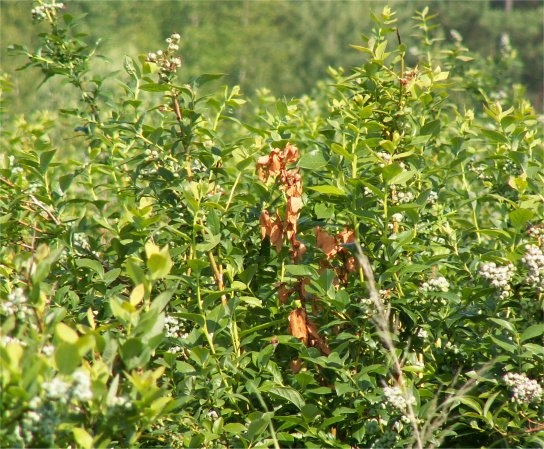
Proper care of the bushes usually prevents diseases from occurring at levels that could affect plant growth and yield. Any diseased shoots that are noticed should simply be cut out and burned.
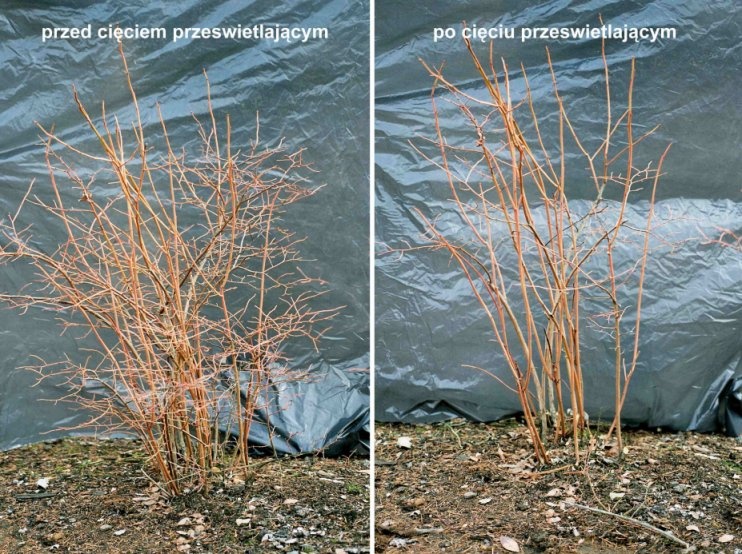
In early spring, before the start of the growing season, pruning of the bushes should be carried out.
In young plants, only the tips of shoots damaged by frost and low-lying, ground-hugging stems should be removed. Starting from the 4th or 5th year, thinning cuts should be performed to stimulate bush growth and ensure consistent fruiting (the fruit on the remaining shoots will be larger and of better quality).
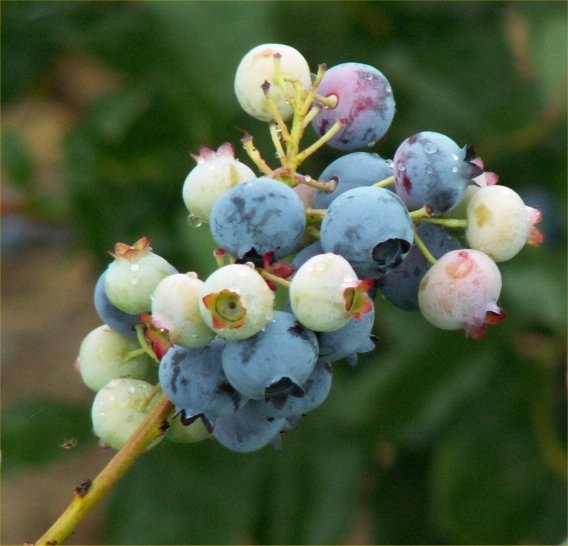
Don’t rush to pick the fruit—after turning color, they should be left to ripen for at least another 5 days. During this time, the berries will significantly increase in size and their sugar content will rise.
In amateur cultivation, no chemical protection is used. Even if pests occasionally appear, they can be collected and removed manually, and their presence is unlikely to negatively affect either the growth of the bushes or the quality of the yield.
